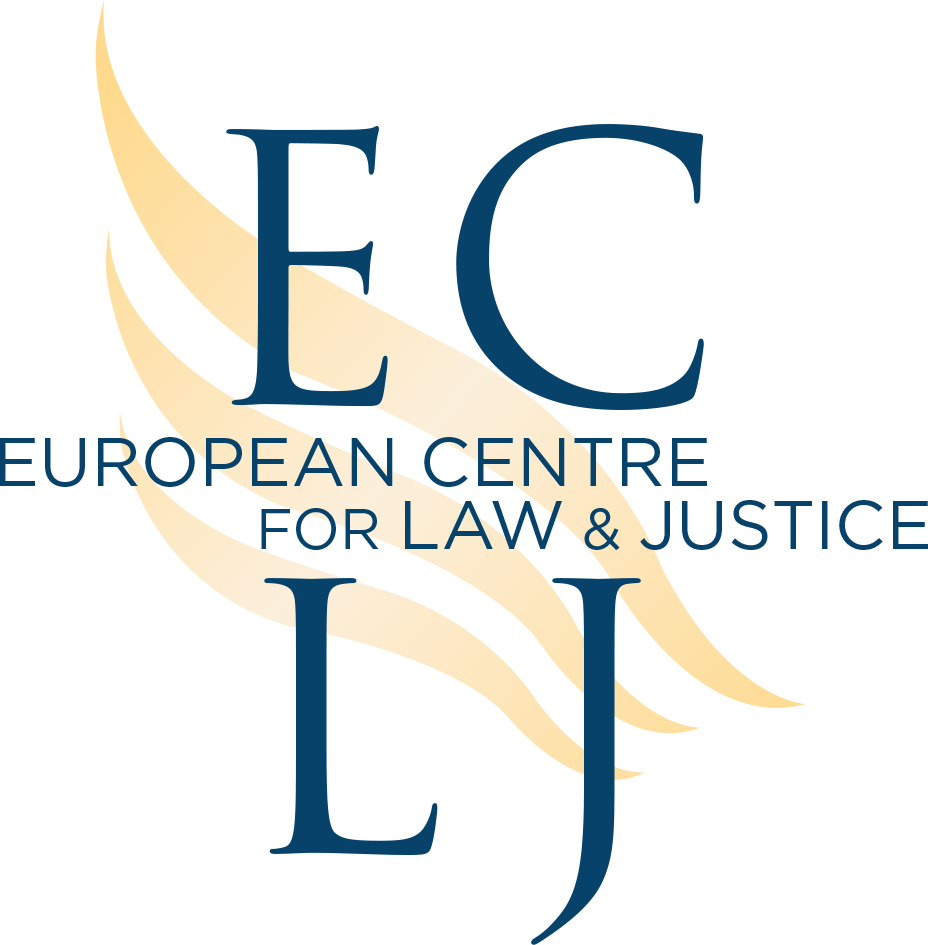This automatic translation will be revied as time permits.
The notion of human dignity is based on the idea that every person has an equal right to be valued and respected for their own good. Because it is inherent in every person by nature, human dignity is universal, inviolable and inalienable. It can neither be given nor taken away by any state or authority. States are therefore bound to respect and protect it, and have both positive and negative obligations to prevent anything that might undermine a person's dignity.
Freedom of expression or undermining the dignity of the “actors”?
Pornography profoundly undermines the dignity of the “actors”: it depicts them performing a sexual act, by nature very intimate, with violent behavior, both physically and mentally. Sexual intercourse is motivated solely by financial reward, which constitutes a commodification of the human body. Finally, the sexual act is recorded and exchanged for voyeuristic purposes. Its dissemination multiplies the damage caused to the dignity of the individual.
While some actors may have become involved voluntarily, this individual consent does not render pornography compatible with human dignity, nor does it justify its violation: the Palermo Protocol (art. 3.b) stipulates that consent to one's own exploitation is worthless. Indeed, such “consent” is rarely a choice, but more often a necessity, as it involves money. Thus, “to be valid, consent, which is by nature personal and subjective, must remain ordered to dignity, which is objective, intrinsic and inherent to the human person”. Pornography therefore constitutes an aggravated attack on human dignity.
While the excesses of the pornographic industry have been noted and sometimes denounced, the debate over the place of the protection of human dignity in the face of freedom of expression (pornography has in fact won the battle of the image by presenting itself as a cinematographic genre) hampers the fight to remedy it. In the name of this subjective freedom, objective human dignity and the protection of fundamental rights no longer take priority, and pornography is not recognized as intrinsically evil. As lawyer Lorraine Questiaux explained in an interview for Médiapart in 2022, we must not “fall into this fallacious argument of freedom. There is no freedom when there is violence." Thus, on the subject of this pseudo-freedom of the arts, “when you sift through the Penal Code, you realize that in reality you're purely and simply on an endless list of criminal offenses [...] and because it's eroticized you wouldn't have the right to touch it”.
Pornography shows violence against people
Violence is omnipresent in pornographic films. According to an analysis of the 50 most popular pornographic videos, 88% of scenes contain physical violence and 49% contain at least one verbal assault. Most pornographic content depicts humiliating treatment and physical harm against one of the sexual “partners”, including criminal behavior such as rape, incest and child abuse.
In the documentary Pornocratie: les nouvelles multinationales du sexe, actresses testify to the increase in this violence: “ it's become more brutal, people have gone crazy, much crazier than before ”. But this violence is not “cinema”: as lawyer Seydi Ba puts it, “ People are going to say ‘it's not rape, it's acting’, because that's the argument of pornography's defenders (...) As if pain and acute suffering could be played, tears, even blood in some videos, as if that could be played ”. What's more, this degrading treatment is almost always perpetrated against vulnerable people, namely women and children, although men are also affected: in May 2020, a study showed that pornography almost systematically represents gender inequality, as “ Dominant and violent behavior was almost always directed at women. (...) gender inequalities are common in pornography, which has repercussions on the development of healthy sexual relationships among pornography viewers ”.
There is also a “racial” component to pornography, where people of different ethnicities are often portrayed with sexual stereotypes: African-Americans tend to be depicted as animals, unable to control themselves and sexually depraved, “ worse than objects ‘ and with a disproportionate emphasis on violence and aggression, while Asian women are presented as childlike, sweet and innocent[1]. There is also pornography representing the projection of perverse sexual fantasies about historical periods of abuse such as African-American slavery, Jewish genocide and terrorism[2]. The racism tolerated in pornography is therefore likely to foster racist and sexist stereotypes and behavior, including sexual abuse and sexual violence against racial and religious minorities.
Several international legal texts condemn these practices. The European Court of Human Rights (ECHR) has linked sexual violence and torture, ruling that “ all the acts of physical and mental violence committed against the applicant and the particularly cruel act of rape constitute torture prohibited by article 3 of the Convention[3] ”. In the International Convention on the Elimination of All Forms of Racial Discrimination (1969), States also undertook to condemn “ racial discrimination and undertake to pursue by all appropriate means and without delay a policy of eliminating all forms of racial discrimination” (art. 2). The Report of the Fourth World Conference on Women, held in Beijing in September 1995, states that “ It follows from the Declaration on the Elimination of Violence against Women and the work of the Special Rapporteurs that gender-based violence, such as (...) pornography, (...) [undermines] the dignity and worth of the human person and [must] be [combated] and [eliminated] ”. States should therefore respect international law by prohibiting the dissemination of pornographic content that violates human dignity.
_____________
[1 ] See Alice Mayall and Diana E. H. Russell, “Racism in Pornography”, Feminism & Psychology, June 1, 1993, Volume: 3 issue: 2, page(s): 275-281; Zhou, Y., & Paul, B. (2016). “Lotus blossom or dragon lady: A content analysis of ‘Asian women’ online pornography”, Sexuality & Culture, 20(4), 1083-1100.
[2 ] See Alice Mayall and Diana E. H. Russell, “Racism in Pornography”, Feminism & Psychology, June 1, 1993, Volume: 3 issue: 2, page(s): 275-281.
[3] ECHR, Aydin v. Turkey [GC], no. 23178/94, September 25, 1997, § 87. The context, however, is one of police custody.













